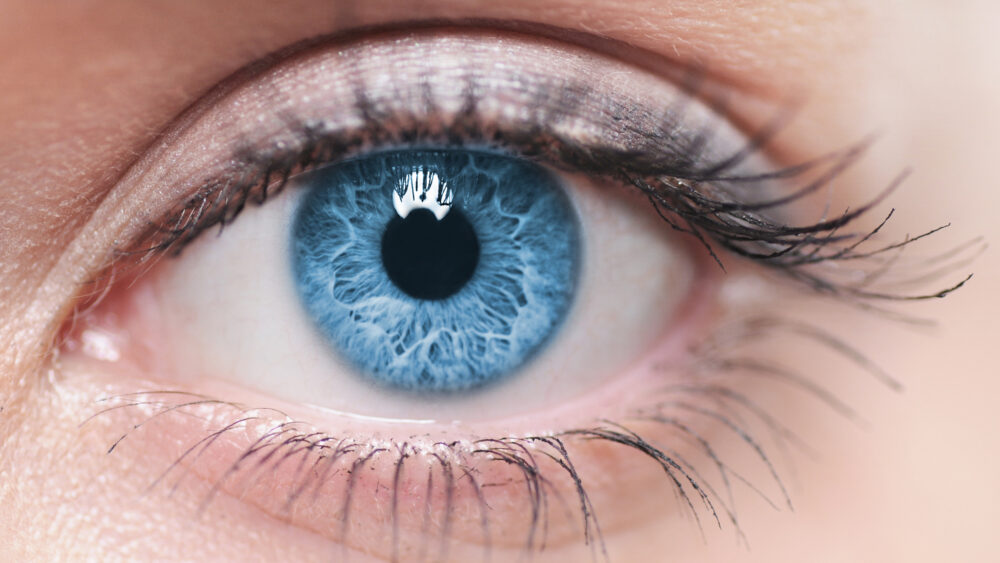Presbyopia is the loss of the eyes’ ability to focus on nearby objects. Presbyopia is often a natural part of aging and becomes most noticeable in a person’s early to mid-40s; continuing to worsen until around the age of 60.
Presbyopia is not a disease and can easily be treated with eyeglasses, contact lenses or vision correction surgery. It can complicate other common vision conditions such as farsightedness, nearsightedness and astigmatism.
Presbyopia Symptoms
Presbyopia develops gradually. You may notice these symptoms more often if you are tired or are in a room with dim lighting. Common symptoms of presbyopia include:
- Needing to hold reading martial far away to read more easily
- The need for more lighting when reading
- Blurred vision at normal reading distance
- Eyestrain or headaches after reading or doing close-up work
Presbyopia Risk Factors
According to the Mayo Clinic, certain risk factors can increase your likelihood of developing presbyopia, including:
- Age: Age is the greatest risk factor for presbyopia, and almost everyone experiences presbyopia to some degree after the age of 40.
- Other medical conditions: Being farsighted, diabetes, multiple sclerosis or cardiovascular diseases can increase risk of premature presbyopia.
- Drugs: Certain drugs, such as antidepressants, antihistamines and diuretics, can increase the chance of developing premature presbyopia.
Presbyopia Prevention
While you can’t prevent presbyopia, there are everyday steps you can take to boost your eye health and decrease your risk for premature presbyopia, including:
- Adequate lighting to help reduce eye strain
- Get annual eye exams
- Eat a healthy, balanced diet containing leafy green vegetables
- Exercise daily
- Stay hydrated
- Limit alcohol
- Stop smoking
- Wear sunglasses to protect your eye tissue from harmful UV (ultraviolet) rays.
For more information about presbyopia, visit www.Mayoclinic.com.



